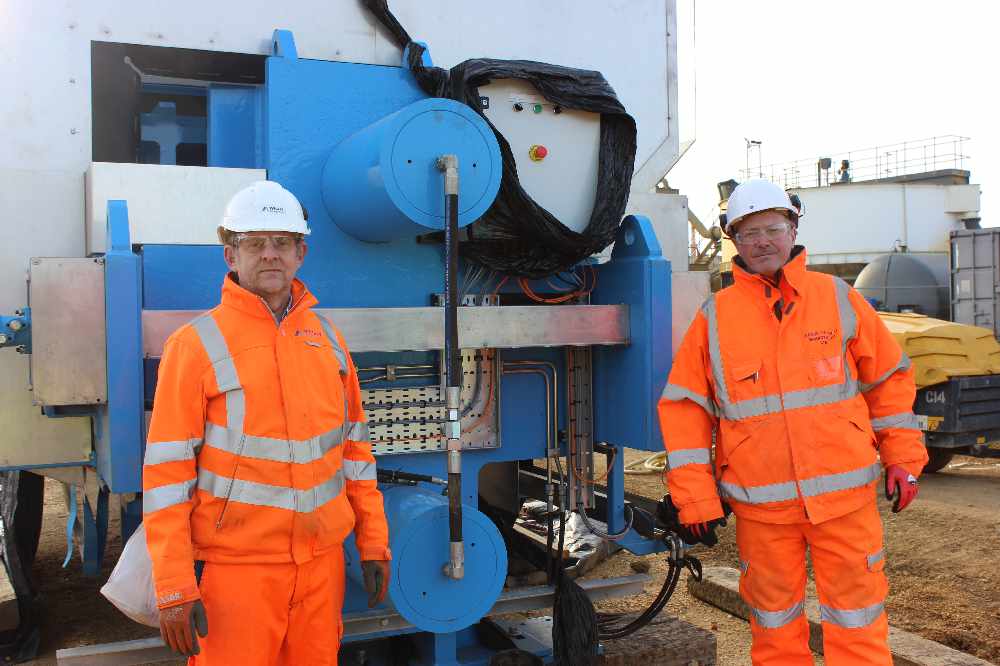
A new multi-million-pound project is underway to make sand and gravel extraction at Wight Building Materials among the most efficient and environmentally-friendly in the UK.
The company has begun the installation of technology called a filter press which dramatically reduces the amount of water used in the processing of aggregate materials.
The press – the only such machine on the Island and one of only a few in the UK used in aggregate production – also means that material produced by way of a by-product of sand and gravel extraction is of higher quality and more quickly available for quarry restoration.
In addition, far less land and fewer lorry movements are required in the treatment process.
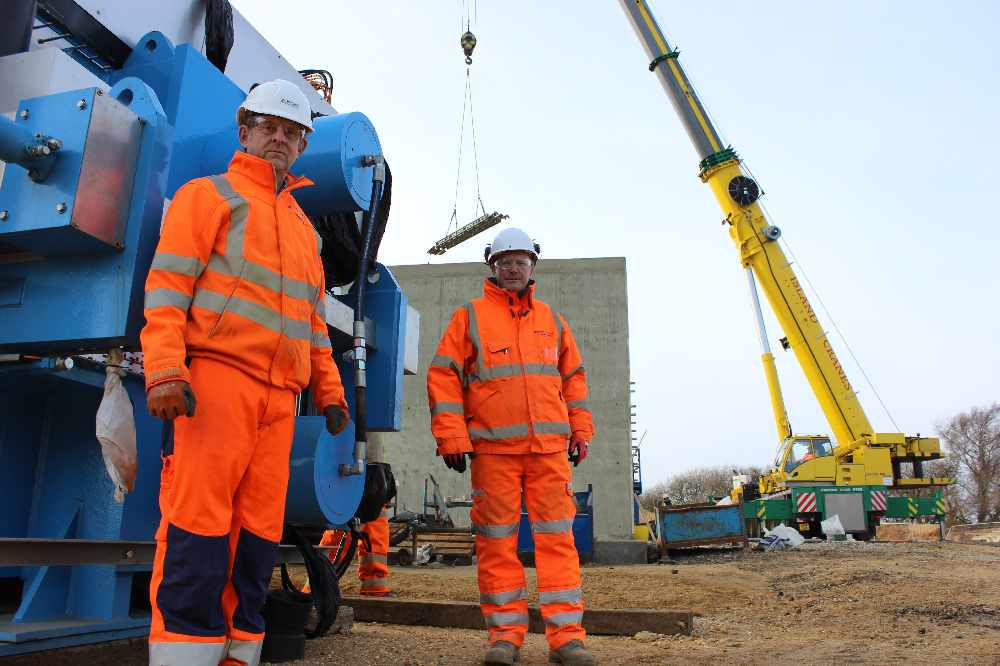
It all means water used in the process of sand and gravel extraction will be reduced by 70 per cent and what water is required will be recycled for other uses in the business.
Installation of the press is underway and it is expected to become operational in July - ending the traditional practice of using large lagoons to naturally filter water away from extracted materials before this by-product is dry enough to be used in landscaping.
These lagoons, which have been used for over 50 years, can now be decommissioned and restored to nature. The investment in the new technology complements Wight Building Materials’ commitment to managing its land in a sustainable way and will assist its ongoing work with the
Hampshire and IW Wildlife Trust to restore quarried sites at St George’s and Prospect Quarry near Shalcombe into prime natural habitat.
Steve Burton, Wight Building Materials general manager, said:
“Currently, the existing sand and gravel processing produces a wet silt slurry waste-product that is around 75 percent water.
“This has to be stored in large settlement lagoons. It has to settle over time until it is dry enough to be used for restoration at which point it is removed and taken to the required location by lorry.
“The filter press will treat the processed silt prior to discharge to lagoons by mechanically squeezing out most of the moisture to produce a semi dry material that can immediately be used for constructing landscapes in restoration.”
The British-made filter press comprises 220 polypropylene plates which are shrouded in a filter cloth. Plates are pressed together using a hydraulic ram and silt is pumped under high pressure into the chambers between each plate. Water is ‘squeezed’ out of the silt passing
through the filter cloth and sent for recycling.
The process is repeated up to eight times per day creating a steady supply of suitable material that can quickly be used for WBM’s ongoing restoration work.
Steve added:
“It is a major investment and also a major logistical project for us to undertake.
“But we are a company that is committed to doing the right thing. We pride ourselves in operating to the highest standards in all we do and, as custodian of such important sites, we want to ensure that we look after the environment around us in the most responsible way.
“We are also proud of our Island roots and another welcome aspect of this project is that we are using, wherever we can, Island businesses to help install the filter press which means partnering up many local companies working in civil engineering, electrics,
pipeworks, craneage, transport and constructions.”

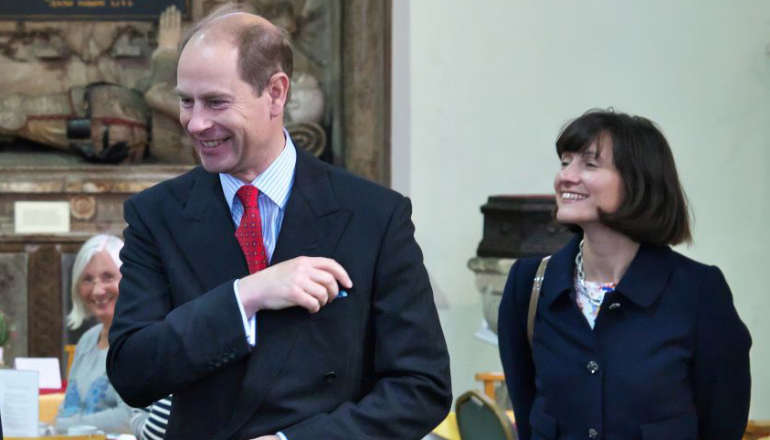 Royal Duke To Visit As Newport Minster Reopens
Royal Duke To Visit As Newport Minster Reopens
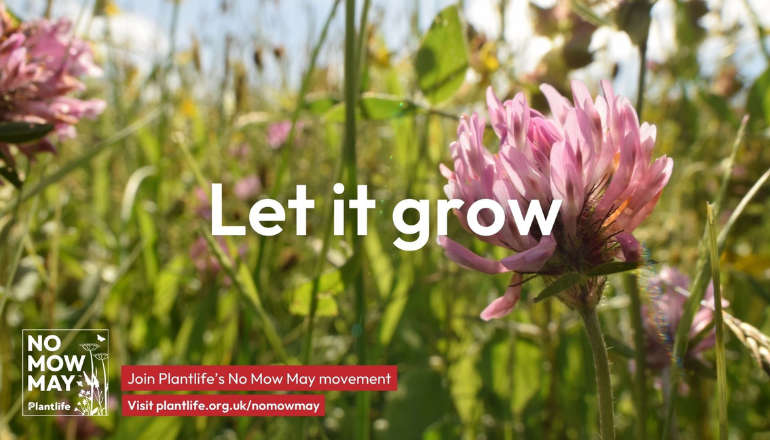 Isle Of Wight Council To Support 'No Mow May' 2024
Isle Of Wight Council To Support 'No Mow May' 2024
 English Coastal Path Complication Amid Osborne House Queen Victoria Collection Fears
English Coastal Path Complication Amid Osborne House Queen Victoria Collection Fears
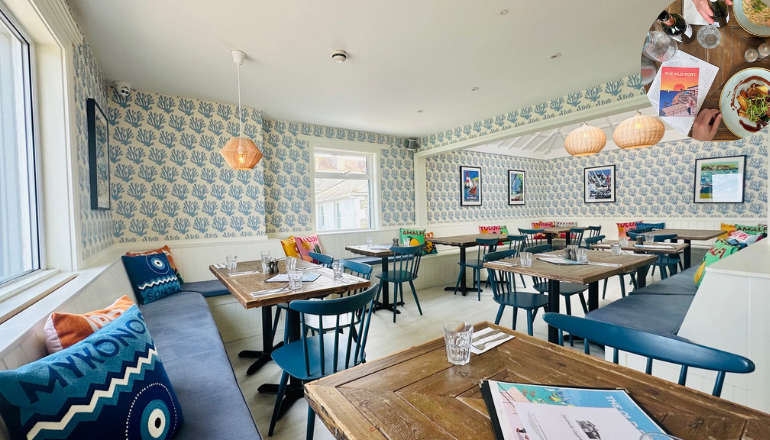 Seaview Pub Picks Up National Award
Seaview Pub Picks Up National Award
 Isle Of Wight Radio Child Of Wight Awards 2024 Nominations Now Open
Isle Of Wight Radio Child Of Wight Awards 2024 Nominations Now Open
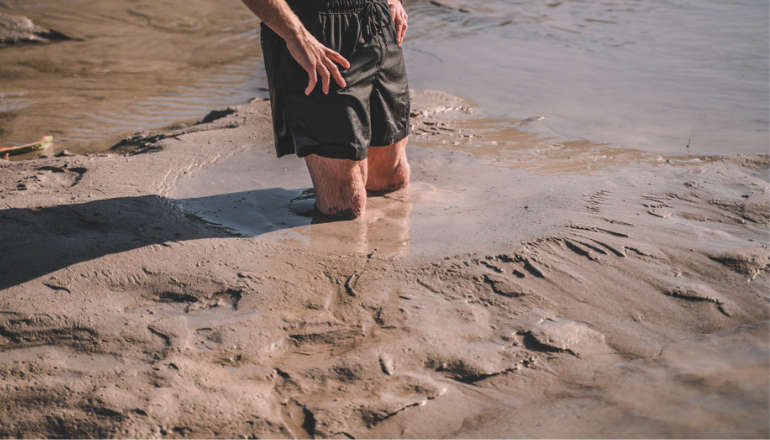 Fire Service Issues Water Safety And Mud Rescue Advice For Isle Of Wight
Fire Service Issues Water Safety And Mud Rescue Advice For Isle Of Wight
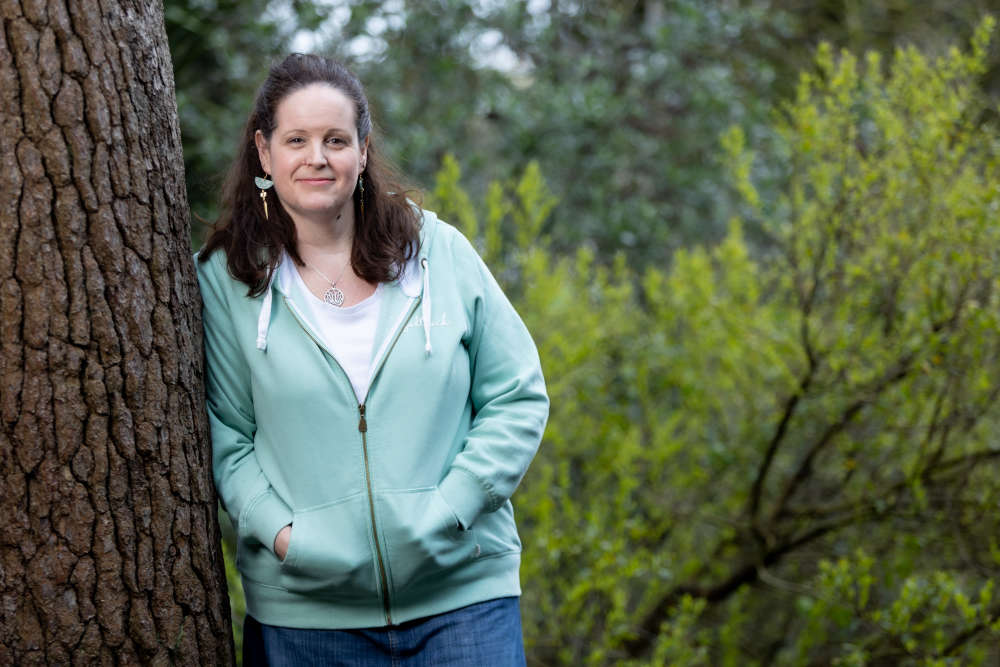 New Online Cancer Support For Local Residents
New Online Cancer Support For Local Residents
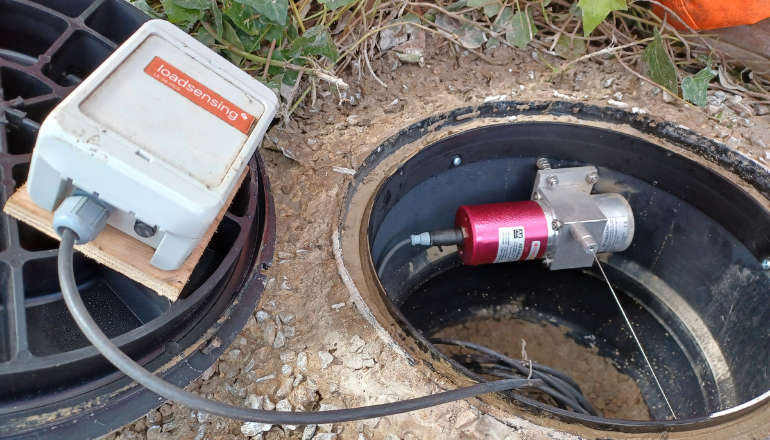 Specialist Monitoring Equipment Now Installed At Leeson Road
Specialist Monitoring Equipment Now Installed At Leeson Road
 West Wight Runner Jackie Follows PB Marathon Run With Eastenders Appearance
West Wight Runner Jackie Follows PB Marathon Run With Eastenders Appearance
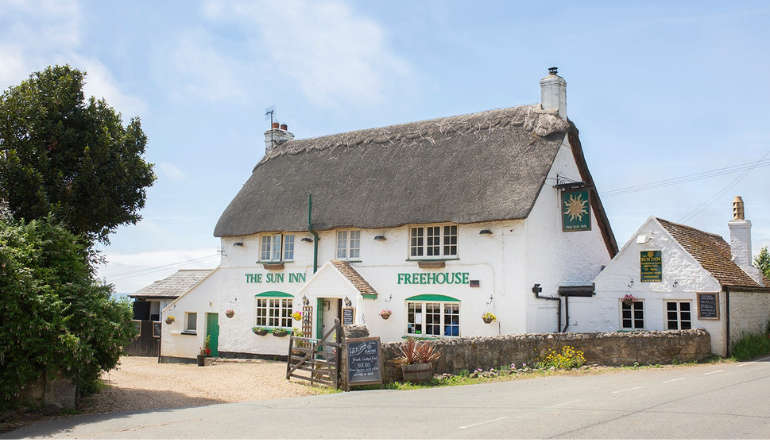 West Wight Pub Can Now Be Listed As 'Asset Of Community Value'
West Wight Pub Can Now Be Listed As 'Asset Of Community Value'
 Royal Navy 'Bomb Squad' Called To Seaview Following Ordnance Alert
Royal Navy 'Bomb Squad' Called To Seaview Following Ordnance Alert
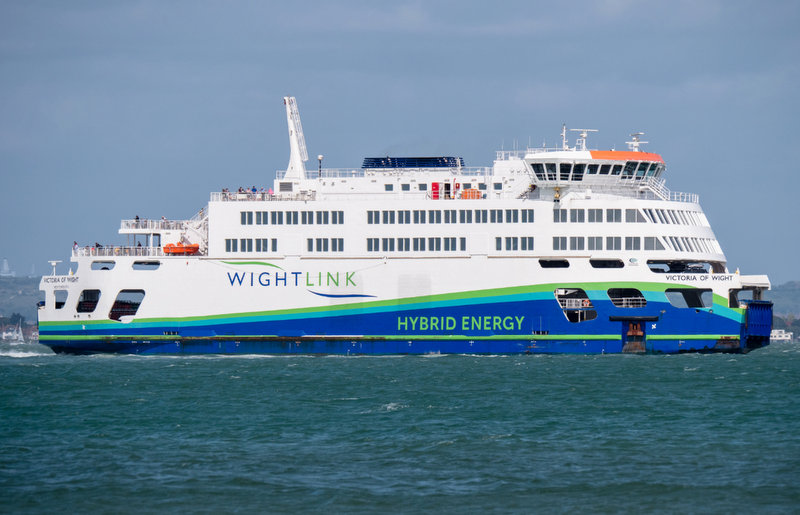 Automated Gates Arrive On Wightlink’s FastCat Foot Passenger Route
Automated Gates Arrive On Wightlink’s FastCat Foot Passenger Route
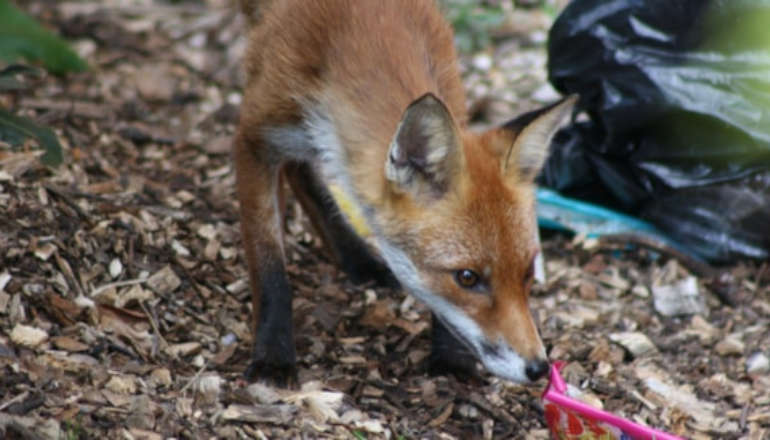 Help Keep Isle Of Wight Streets Neat – Bring Your Bin In
Help Keep Isle Of Wight Streets Neat – Bring Your Bin In
 Two Passengers Injured Following Bus Crash In Ryde
Two Passengers Injured Following Bus Crash In Ryde
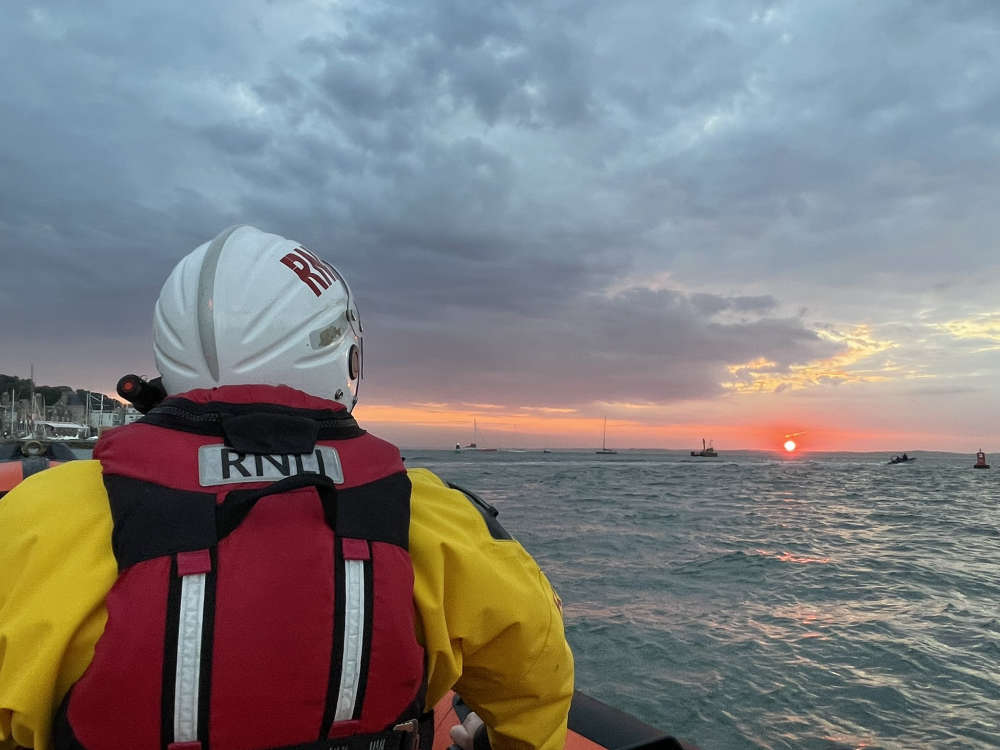 Late Night Reports Of Collision Spark Extensive Land, Sea And Air Search
Late Night Reports Of Collision Spark Extensive Land, Sea And Air Search
 Islanders Taking On London Marathon Today For Local Charities
Islanders Taking On London Marathon Today For Local Charities
 Four Men Arrested Following Rogue Trader Activities In East Cowes
Four Men Arrested Following Rogue Trader Activities In East Cowes
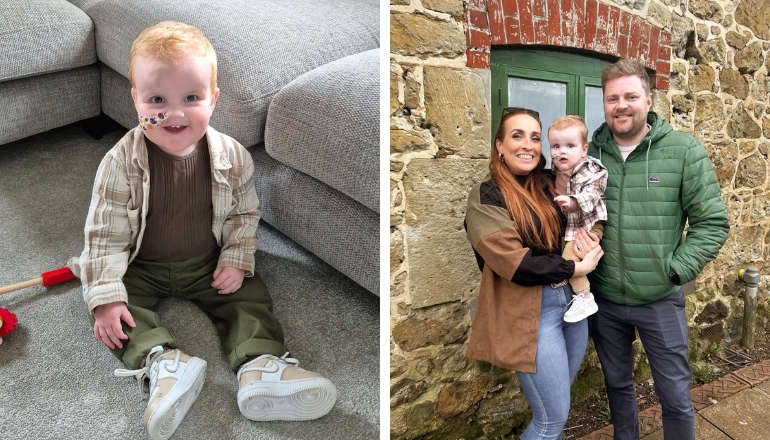 Rugby Players Set To Scale Great Heights For Teddy
Rugby Players Set To Scale Great Heights For Teddy
 Drug Driving, Domestic Abuse And Stalking Among Arrests Made As Police Target Isle Of Wight Criminals
Drug Driving, Domestic Abuse And Stalking Among Arrests Made As Police Target Isle Of Wight Criminals
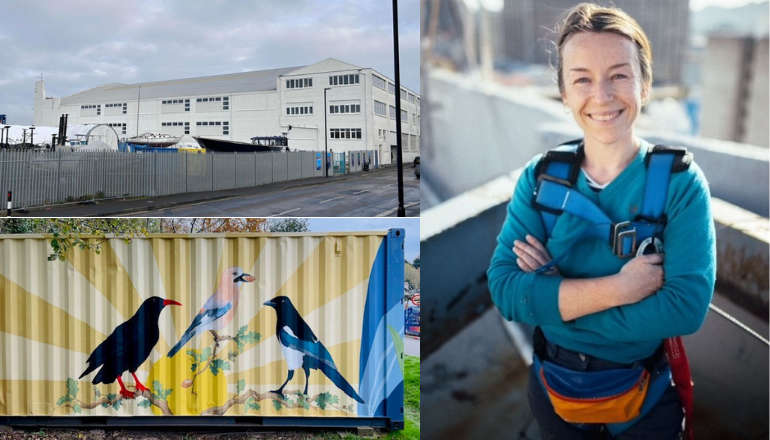 Work Begins On ‘Monumental’ Mural Project At Historic Columbine Building
Work Begins On ‘Monumental’ Mural Project At Historic Columbine Building


